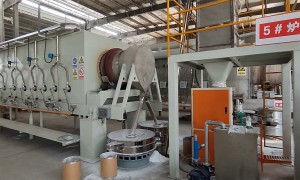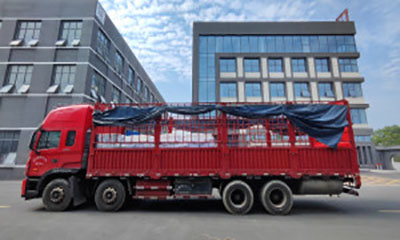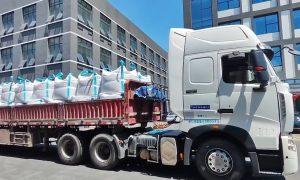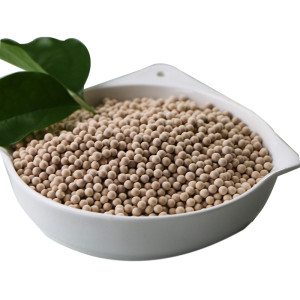Molecular sieves play a crucial role in industrial waste gas purification systems
The application of molecular sieves in industrial waste gas purification systems not only helps protect the environment and reduce the emission of harmful substances but also becomes an important technical choice
Molecular sieves play a crucial role in industrial waste gas purification systems, primarily used for adsorbing and removing harmful substances from waste gases, such as volatile organic compounds (VOCs). Here is an overview of the application of molecular sieves in industrial waste gas purification systems:
Adsorption and Removal of VOCs: Molecular sieves, with their highly ordered, tunable microporous channels, can selectively adsorb VOC molecules. They have excellent thermal stability and are easy to desorb and regenerate, making them excellent adsorbents for VOC gases.
Adsorbent Materials: As adsorbent materials, molecular sieves are widely used in the separation, purification, and drying of various gases in industrial and environmental fields.
Catalytic Combustion: In adsorption-desorption catalytic combustion waste gas treatment systems, molecular sieves are used in conjunction with catalytic combustion technology to oxidize harmful substances in industrial waste gases into carbon dioxide and water for purification purposes.
Enhanced Environmental Adaptability: By enhancing the hydrophobicity of the molecular sieve structure, the competitive adsorption of water molecules on VOCs under high humidity conditions can be reduced, enhancing the environmental adaptability of the molecular sieve adsorbent.
Composite Adsorbents: By creating multi-level pores or constructing composite adsorbents with other meso-/macroporous materials, the specific surface area and pore volume of molecular sieve adsorbents can be increased, enlarging their adsorption capacity for VOCs.
Monolithic Molecular Sieve Adsorbents: Molecular sieves can be constructed as monolithic adsorbents, which have higher mechanical strength and stronger applicability compared to particulate adsorbents.
Molecular Sieve Wheel Adsorption Technology: As a typical representative of monolithic molecular sieve adsorbents, molecular sieve wheel adsorption technology has shown excellent VOC adsorption and removal efficiency under high-throughput, high-pressure drop adsorption conditions and has been widely used in the effective control of industrially emitted VOCs.
Waste Gas Treatment Process: In industrial waste gas treatment systems, molecular sieves are typically used in the adsorption gas process, treating waste gases through adsorption concentration-catalytic combustion methods, including dry dust removal, adsorption gas process, and desorption gas process.
Energy Saving and Efficiency: Molecular sieve adsorption-desorption catalytic combustion waste gas treatment equipment uses low-temperature oxidation technology to effectively collect waste gases, purify gases through pre-treatment and molecular sieve adsorption devices, and then decompose organic matter through catalytic combustion, achieving energy-saving and high-efficiency treatment.
The application of molecular sieves in industrial waste gas purification systems not only helps protect the environment and reduce the emission of harmful substances but also becomes an important technical choice in the field of industrial waste gas treatment due to their regenerability and high efficiency. With the improvement of environmental requirements and the development of technology, the application of molecular sieves in this field will become more and more extensive.





